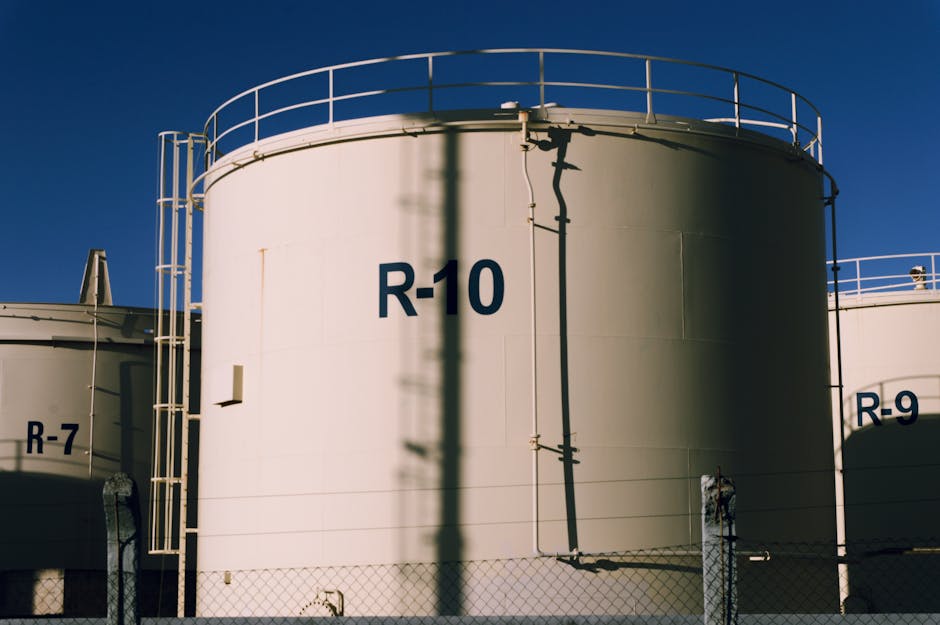Oil and Gas Retention Best Practices
Understanding the Oil and Gas Workforce Retention Crisis
Firstly, the industry’s retention challenges are unique. Boom-and-bust cycles create job insecurity, while remote work locations lead to isolation and fatigue. Moreover, a significant skills gap emerges as experienced workers retire. According to the American Petroleum Institute, the industry needs to recruit hundreds of thousands of new workers by 2030. Therefore, retaining existing talent is the most efficient way to bridge this gap. Understanding these root causes is the first step toward crafting effective solutions.
Strategic Compensation and Benefits for Retention
Competitive pay is the foundation of any retention strategy. However, in the oil and gas sector, compensation must reflect the demanding nature of the work.
Beyond Base Salary: Total Rewards in Oil and Gas
Additionally, a comprehensive total rewards package is crucial. This includes:
- Performance-based bonuses tied to safety and production goals
- Generous rotation schedules and paid time off (PTO) for remote workers
- Stellar health insurance, including mental health support
- Retirement plans with strong company matching contributions
Furthermore, benefits should address the unique hardships of the job. For instance, companies can offer hardship pay for undesirable locations and family support programs for those on extended rotations.
Fostering a Culture of Safety and Well-being
Safety is paramount in this high-risk industry. A strong safety record is not just a regulatory requirement; it is a powerful retention tool. Employees who feel safe and valued are more likely to remain loyal.
Prioritizing Mental Health and Work-Life Balance
Meanwhile, mental health has become a critical focus. The demanding schedules and time away from family can lead to burnout and stress. Proactive companies implement:
- Employee Assistance Programs (EAPs) offering confidential counseling
- Flexible work arrangements where possible
- “Family-friendly” policies that include extended leave and support for spouses
Investing in well-being signals to employees that the company cares about them as people, not just as workers.
Career Development and Upward Mobility Paths
Stagnation is a primary driver of turnover. Ambitious professionals in the oil and gas sector want clear paths for growth. Therefore, creating structured development programs is a key retention best practice.
Implementing Mentorship and Continuous Learning
Establishing mentorship programs pairs less experienced workers with veterans. This facilitates knowledge transfer and provides guidance. Similarly, investing in continuous learning through partnerships with institutions like the Society of Petroleum Engineers keeps skills sharp. Offering tuition reimbursement for relevant advanced degrees also encourages long-term commitment.
Enhancing Employee Engagement and Recognition
Engaged employees are far less likely to leave. Regular, meaningful recognition reinforces positive behaviors and makes employees feel appreciated.
Effective Communication and Feedback Systems
Moreover, creating open channels for communication is vital. Regularly scheduled check-ins, anonymous feedback surveys, and town hall meetings make employees feel heard. Acting on this feedback demonstrates that their opinions directly impact company policy, fostering a powerful sense of ownership and belonging.
Leveraging Technology for Better Retention Outcomes
Technology can provide data-driven insights into workforce sentiment. Predictive analytics can identify flight risks before they decide to leave, allowing managers to intervene proactively. Furthermore, digital platforms can streamline communication for remote teams, reducing feelings of isolation and keeping everyone connected to the company’s mission.
Building a Resilient and Retained Workforce
In conclusion, mastering oil and gas retention best practices requires a multifaceted and proactive approach. It blends competitive compensation with a profound commitment to safety, well-being, and career growth. By fostering a culture where employees feel valued, safe, and challenged, companies can significantly reduce turnover costs and secure their operational future. Finally, remember that retention is an ongoing process, not a one-time initiative. Start by auditing your current practices and identifying areas for improvement. For expert guidance, explore our Resources or Contact Us directly to develop a tailored strategy for your organization.
FAQ: Oil and Gas Retention Best Practices
What is the average turnover rate in the oil and gas industry?
Turnover rates vary but often exceed the national average, especially during market upswings when competition for skilled workers intensifies. Some segments can experience voluntary turnover rates of 15% or higher.
What are the most effective retention strategies for field personnel?
For field personnel, fair rotation schedules, exceptional safety protocols, hardship pay for remote locations, and reliable communication tools to connect with family are among the most effective retention strategies.
How can companies improve retention during a market downturn?
Transparent communication about company health is crucial. Instead of broad layoffs, consider alternatives like reduced hours or voluntary sabbaticals. Investing in training during slow periods shows commitment to employees’ long-term future.
Why are oil and gas retention best practices different from other industries?
The industry’s unique challenges—cyclical volatility, remote work sites, high safety risks, and a specialized skillset—require tailored approaches that address isolation, job insecurity, and the physical demands of the work.
How does safety culture impact employee retention?
A strong safety culture directly impacts retention by demonstrating that the company values its employees’ lives and well-being. Workers are more loyal to employers who prioritize their safe return home every day.




